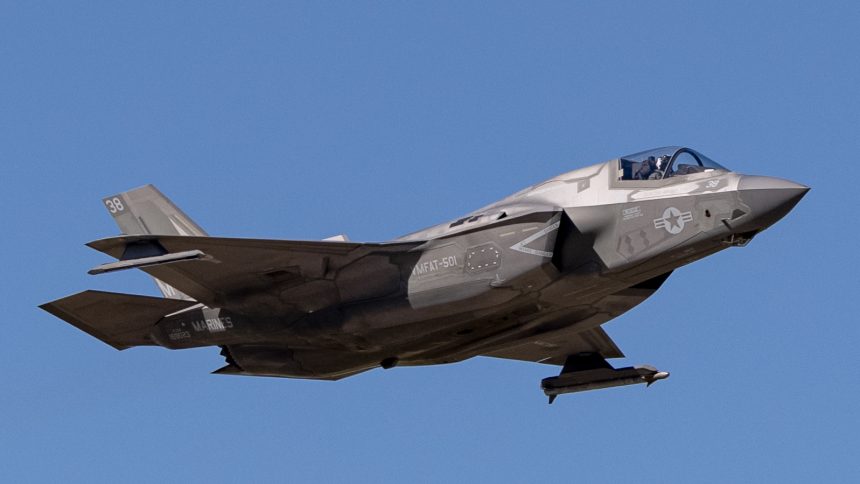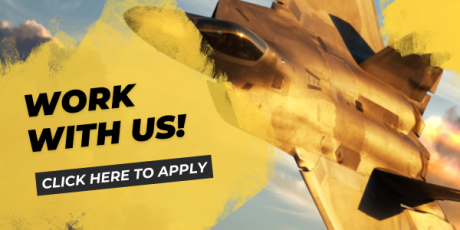U.S. Marine Col. Charles “Tre” Del Pizzo gives his account of the ejection from an F-35B which continued to fly on its own in 2023.
More than a year after the bizarre incident in which a U.S. Marine Corps F-35B continued flying on its own after the pilot ejected, new details emerged online. These details were revealed by the pilot, Col. Charles “Tre” Del Pizzo, in an interview to The Post and Courier’s Tony Bartelme.
The mishap drew widespread public and media attention, as the aircraft was missing for nearly 30 hours, prompting the military to appeal to the public for assistance in locating the stealth jet. In fact, after the ejection, F-35B continued flying for 64 nautical miles, eventually crashing in a field in South Carolina.
As we previously reported in detail here at The Aviationist, the USMC released the findings of the investigation in late 2024, attributing the crash to pilot error, following a series of malfunctions and spatial disorientation in poor weather conditions. Despite being cleared of all accusations and returning to fly, the pilot was later dismissed from his new assignment.
Let’s now delve into the new details of this unusual story.
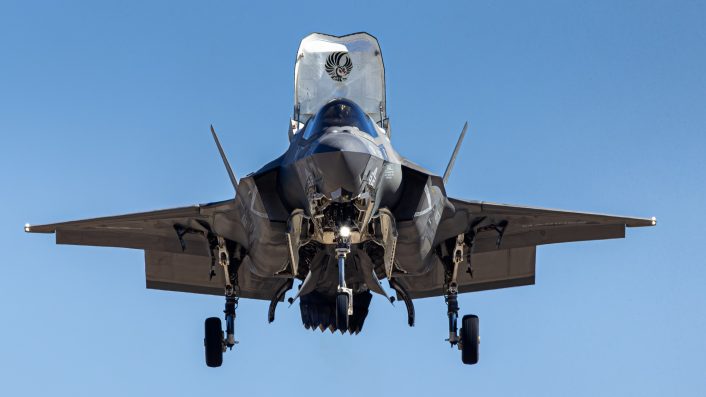
The decision to eject
On Sept. 17, 2023, two USMC F-35Bs, callsigns “SWEDE 11” and “SWEDE 12,” assigned to Marine Fighter Attack Training Squadron (VMFAT) 501, took off at about 12:45 p.m. to practice basic fighter maneuvering. The lead pilot was Col. Charles “Tre” Del Pizzo, at the time assigned to fly the F-35B with VMFAT-501 at Marine Corps Air Station (MCAS) Beaufort, South Carolina, while waiting for his new assignment as commander of Marine Test and Evaluation Squadron (VMX) 1 at MCAS Yuma, Arizona.
The flight, which saw the two jets operating over the Atlantic Ocean, has been defined “uneventful”, although through heavy rain and mist. At the end of their mission, the F-35s turned towards Joint Base Charleston, with Del Pizzo and his wingman flying through the weather in IFR (Instrument Flight Rules). And here the problems arrived.
At 1:32:05 p.m., Del Pizzo’s Helmet Mounted Display (HMD) started flickering, returning back online accompanied by multiple visual and aural alerts which reported failures in key systems. Then, 15 seconds later, both the HMD and the panoramic display in the cockpit went out.
Del Pizzo started going through an “OODA Loop” – observe, orient, decide and act – to assess the situation and decide the best course of action. As the HMD turned back on again, he found himself still in the clouds, about 750 feet above ground, on the glide path towards the runway at about 800 feet per minute.
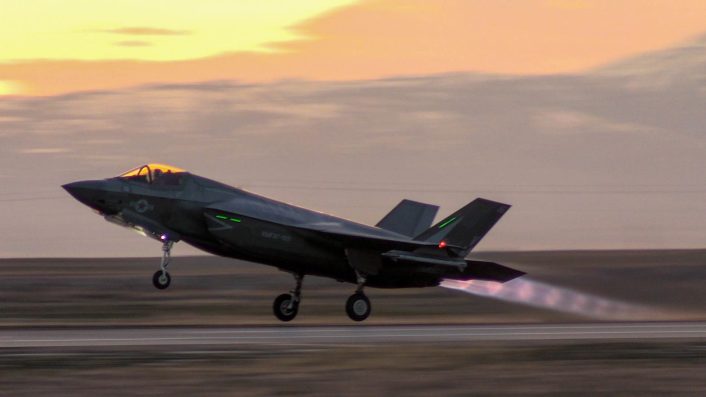
As a precaution, Del Pizzo initiated a missed approach procedure to get away from the ground and better assess the situation. As he reconfigured the aircraft for the climb and commanded the F-35’s conversion back to the conventional flight mode (the aircraft was already on final approach in Short-Take Off and Vertical Landing mode), the HMD went dark again, together with the communication systems.
Then, once again, a flow of alarms and a third failure of both HMD and displays, leaving Del Pizzo only with the stand-by indicators positioned on the center pedestal between his legs, forcing him to fly heads down without external references. By that time, he wasn’t sure if the F-35 was still responding to controls.
As he pulled back the throttle, Del Pizzo heard a sound similar to the engine spooling down, together with a falling sensation accompanied by the F-35’s nose tilting upward. The F-35B’s flight manual says, according to the USMC report, that “the aircraft is considered to be in out of controlled flight (OCF) when it fails to respond properly to pilot inputs,” adding in multiple sections ““if out of control below 6000 feet AGL, eject.”

Del Pizzo needed to quickly take a critical decision. “The jet’s going into the trees, and I’m going with it,” went through his mind. Then, 41 seconds later, he pulled the ejection handle.
“The next thing I remember, as I began to come up the seat rail, my helmet and mask got ripped off in the wind stream, ripped straight off my face,” said Del Pizzo. “I remember feeling the precipitation on my face, and then just being pulled back as the drogue chute opened and slowed me down.”
The USMC report mentions that, at the moment of the ejection, the F-35B was at an altitude of about 1,900 feet. During the ejection, the pilot’s neck was also struck by metal shards caused by the explosive charge in the F-35’s canopy.
“I could hear the engine noise from the airplane. With my helmet off, it was pretty loud. What I heard was complete chaos. Things falling around me,” recounted Del Pizzo. “And that’s when I thought the airplane is going to come down and hit me, because I felt like the airplane was out of control, right? I thought the airplane is going to hit me, and I’m going to die here in this parachute.”
As he found himself over a residential area, he released his seat pan with the survival kit and raft to avoid getting tangled in the nearby power lines and steered into a safe area. Once on the ground, he knocked on the door of the house whose backyard he landed in, and asked the family living there to call 911.
While the family helped Del Pizzo stop the bleeding from his neck, the rescue services mobilized. However, he still wasn’t sure where the F-35 ended up. “My biggest fear was that I’d hurt someone,” said Del Pizzo. “I thought the plane would come down in someone’s backyard, or hit someone’s house, and that horrified me.”
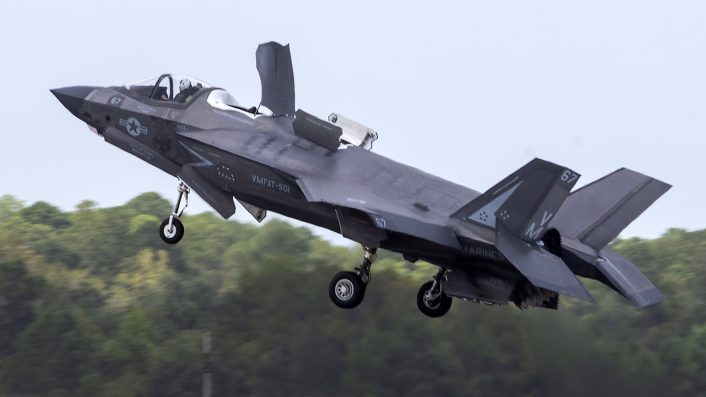
The unmanned F-35
As mentioned before, the F-35B was still flying and kept going for more than 11 minutes after the ejection. As the aircraft was still missing, the military, law enforcement, Civil Air Patrol and the Federal Aviation Administration focused the search in the area north of Charleston, until it was located in the afternoon of Sept. 18.
The F-35, following the ejection, climbed at a 5-degree angle to about 9,300 feet, then descended in a long right turn. The jet kept an average speed of at least 350 mph, reaching 635 mph on impact.
The USMC report stated that the “aircraft’s extended unmanned flight was due to stability provided by the F-35’s advanced automatic flight-control systems.” The service also acknowledged the electrical and display malfunctions, which also “induced failures of both primary radios, the transponder, the tactical air navigation system, and the instrument landing system.”
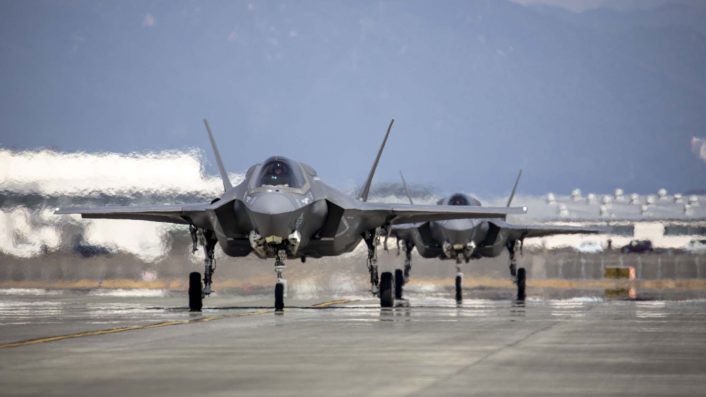
The investigation
As is common in these situations, investigations are launched to determine what went wrong and why.
The first investigation is the Navy Aviation Mishap Board, which see F-35 aviators, engineers and experts working to identify mistakes and weaknesses, and draw up lessons to prevent future mishaps. This also includes legal protections that prevent superiors from punishing pilots and crews for anything they told investigators.
The second investigation is the Field Flight Performance Board, which is led by a senior F-35 pilot with the support of experienced military aviators and experts. This board specifically looks at the pilot’s actions.
The third investigation is the Command Investigation, which is led by a senior officer, and determines whether a pilot engaged in misconduct. This is the only investigation whose results are released to the public.
The first two investigations led to similar results, said Del Pizzo, finding that the aircraft experienced a significant electrical malfunction which knocked out key systems. This and the adverse weather were considered likely to have contributed to spatial disorientation.
Also, the investigation added that the current training does not prepare the pilots for similar situations with a crescendo of systems failures in severe weather at a low altitude, concluding that most highly experienced pilots would have ejected following the out of controlled flight definition in the manual.
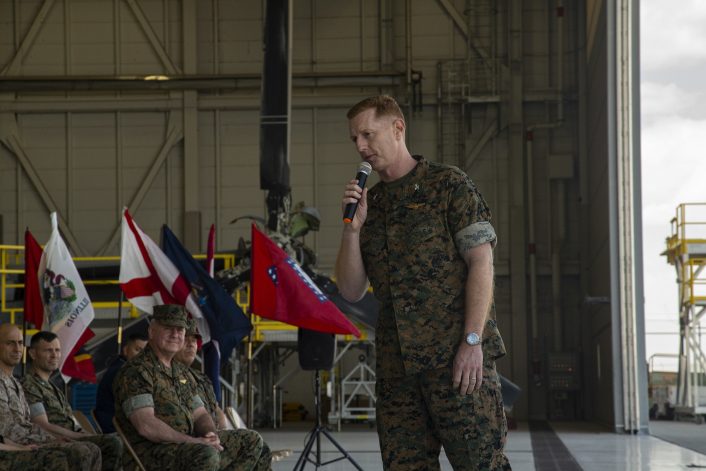
Even more, the Field Flight Performance Board lauded Del Pizzo: “Colonel Del Pizzo is a career-long high performing naval aviator and Marine officer. There is no indication that Colonel Del Pizzo was overconfident in his abilities or reckless in mission execution … The board unanimously believes that Colonel Del Pizzo exercised sound judgment in his actions on 17 September 2023.”
The investigation recommended multiple changes to address similar situations, including new scenarios in simulators and changes in training.
However, the third investigation found the mishap “occurred as a result of pilot error, in that the MP (mishap pilot) incorrectly diagnosed an OCF flight emergency and ejected from a flyable aircraft.” The investigation agreed that Del Pizzo followed procedures, without signs of misconduct.
The investigation’s findings, however, in addition to criticizing the pilot, also place blame on the manual. In fact, the report states “the F-35B flight manual definition for [out-of-control flight] is too broad and contributed to this mishap.”
Del Pizzo and other pilots interviewed by The Post and Courier said that the command investigation “went beyond its normal scope of determining misconduct,” describing it as “unusual.” Anyway, the findings did not seem to affect Del Pizzo’s career after the crash.
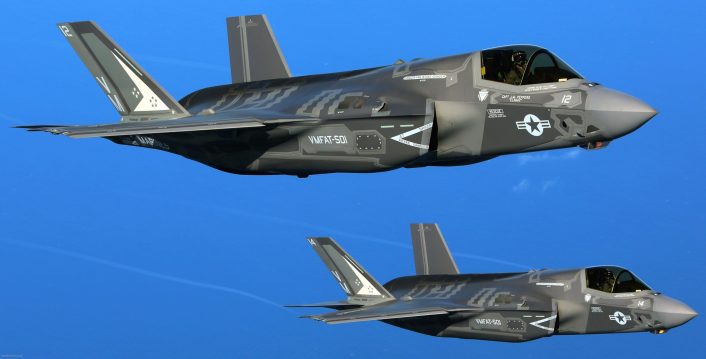
The aftermath
An experienced aviator with over 2,800 hours in 12 different military aircraft, of which 759 hours in combat, Del Pizzo initially flew the AV-8B Harrier, earning decorations like the Defense Superior Service Medal, Legion of Merit, Bronze Star, 19 Air Medals.
Ever since he was a kid, he always wanted to fly. The Marines gave him a chance to make that dream reality. “When I’m in the air, I feel like that’s where I’m supposed to be,” said Del Pizzo. “And when I’m not in the air, I want to get back there.”
After flying Harriers in combat, he was assigned to the Joint Chiefs of Staff and the Navy’s staff at the Pentagon, before working in the F-35 Joint Program Office. Then, in 2022, he was selected to take command of VMX-1. In the interim, while still working at the Pentagon, he started to train on the F-35B at MCAS Beaufort.
After the ejection and the parachute landing, Del Pizzo found himself with cracked vertebrae in his lower and middle back, although with good prognosis. In April 2024, seven months later, he was cleared to fly again and resumed flights on the F-35B.
A month later, he started the move to Yuma, and he also received the Legion of Merit for his work at the Pentagon. Gen. Eric Smith, the USMC’s commandant, visited Yuma and, at one point, told Del Pizzo that “VMX-1 wasn’t his last chapter as a Marine.” Smith further added “We put you here for a reason,” which Del Pizzo interpreted as a vote of confidence in his future in the Marines.
Del Pizzo’s periodic evaluations were excellent, reporting “highest recommendation for promotion” by the evaluators. However, in October, 103 days after he assumed command, he was relieved of duty, effective immediately.
In a video call, a Lieutenant General who previously recommended him for promotion, told Del Pizzo the bad news. It was previously reported that Lt. Gen. Bradford Gering, deputy commandant for aviation, delivered the news. He added that “he’d done nothing wrong during his command in Yuma, but that a press release was about to be issued about Command Investigation’s findings.”
Also, during the call emerged that Smith “reviewed the report again and decided that Del Pizzo shouldn’t have such a high-visibility command.” At the time, the service confirmed to Marine Corps Times that the decision indeed came from Smith.
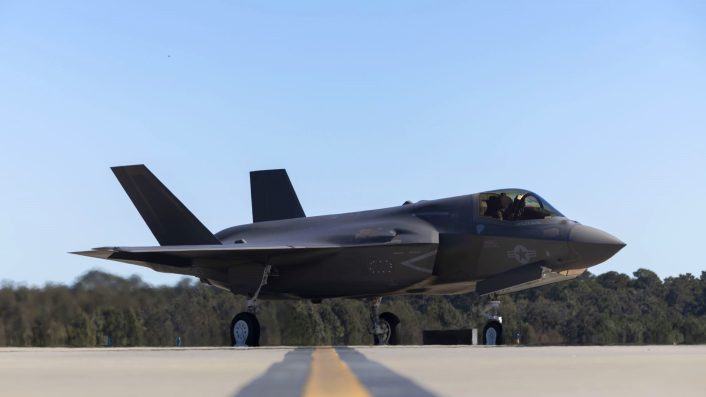
“The commandant of the Marine Corps continually assesses matters associated with commanders and their units,” Marine Corps spokesman Lt. Col. Joshua Benson said. “Following his detailed review [in September] of the command investigation into the 17 September 2023 F-35 mishap, he made the decision to relieve the commanding officer of [VMX-1], due to the unique mission of VMX-1.”
The official reason he was relieved of command, according to Marine Corps Times, was “for loss of trust and confidence in his ability to execute the responsibilities of his command.” Del Pizzo responded to the decision: “As a commander you serve at the pleasure of the commandant. It was an absolute privilege to have the opportunity to lead the Marines, sailors and civilians of VMX-1.”
Del Pizzo was denied the request to have a change of command ceremony, as well as the request to speak to Smith in an effort to get an answer to the many questions that were arising. Being relieved of command in that way felt much like a punishment for ejecting.
“In aviation, we have a culture,” said Del Pizzo. “When there are errors, when things don’t go as planned, we learn from them. If you don’t do that, then you have a culture of fear. And if you have a culture of fear, then people are going to be paralyzed and not be able to make decisions. And that’s how people end up getting hurt. That’s how people end up getting killed.”
Aviators interviewed by The Post and Courier also expressed their concern. “We fired a guy because of a press release,” said one. Another said that this sets a dangerous precedent: “The easiest thing to do is blame the pilot.”
Del Pizzo, after 31 years in the Marines, has now retired with an honorable discharge. He said he’s “at peace with his decision to eject,” but some questions are still left unanswered, together with many what-ifs.
“Maybe it was just a business decision,” Del Pizzo said about his loss of command. “But there’s a human element that you have to take care of. You can’t just discard someone because it’s inconvenient or a bad headline, right? You need to make sure you take care of the people. That’s how you maintain that culture of trust.”
H/T to Tony Bartelme for the heads up!

